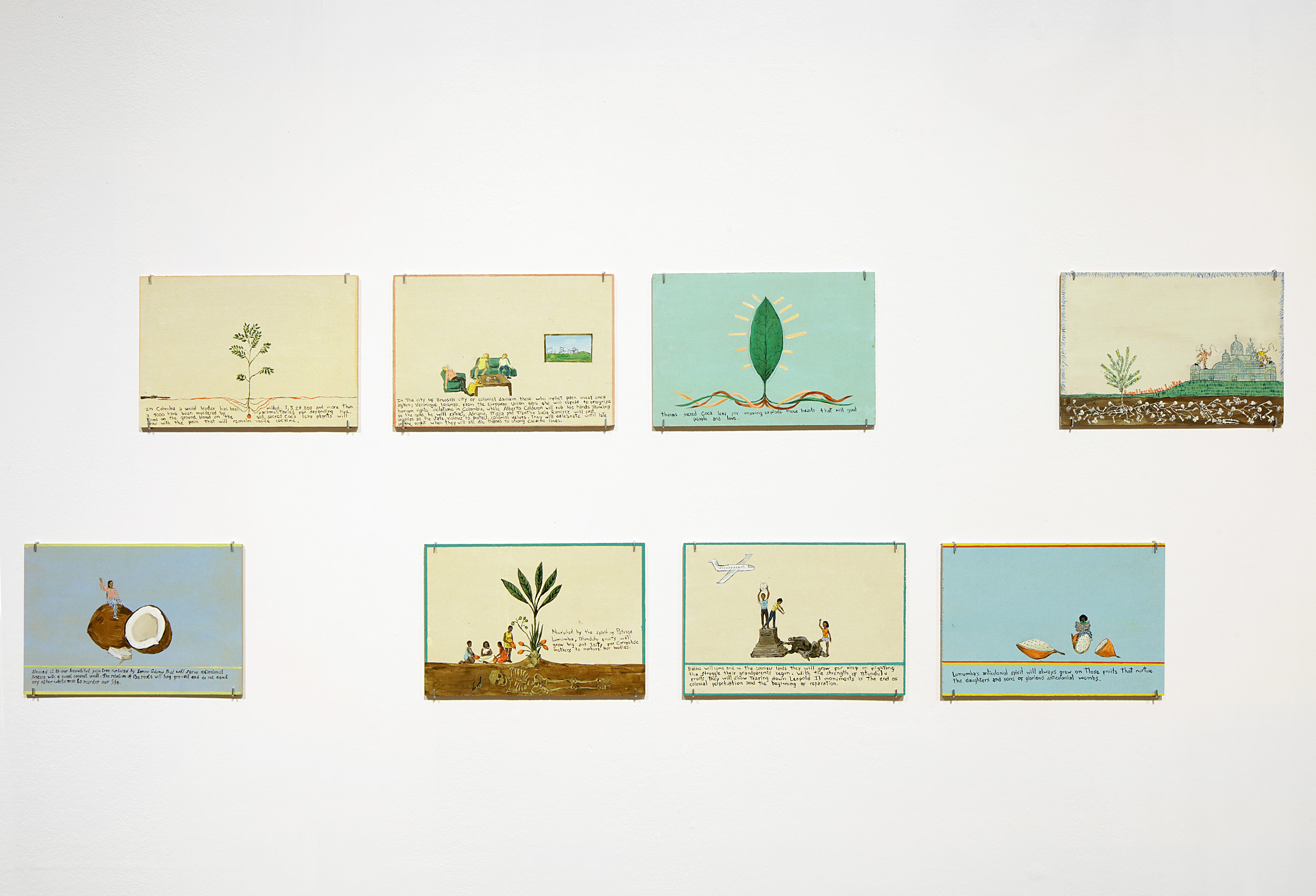Johan Lagae, "Colonial encounters and conflicting memories: shared colonial heritage in the former Belgian Congo," The Journal of Architecture, 9:2, (2010) 173-197. See ➝.
In an article titled “The Delicious Pleasures of Racism” Egbert Alejandro Martina analyzes this perversity. See ➝.
I explain this mechanism in my analysis of the coloniality of the commodity in my text on “Decolonizing Design”, namely how the commodity’s magical appearance and pleasure is an expression of that power it bestows over the consumption of life. See ➝.
For the decolonial use of the "we" voice see Rolando Vázquez, "Vistas of Modernity: Decolonial Aesthesis and the End of the Contemporary," Mondriaan Fund 014 (Amsterdam: Mondriaan Fund, 2020), xx-xxi. Walter Mignolo and Rolando Vázquez, "Decolonial AestheSis: Colonial Wounds/Decolonial Healings," Social Text Journal, 15 July 2013. See ➝.
Rolando Vázquez, "Vistas of Modernity: Decolonial Aesthesis and the End of the Contemporary," Mondriaan Fund 014 (Amsterdam: Mondriaan Fund, 2020).
On the extraction of aesthetic resources and Primitivism see Susan Hiller, "Editor’s introduction," The Myth of Primitivism: Perspectives on Art (London/New York: Routledge, 1991), 12.
María Lugones, Pilgrimages/Peregrinajes: Theorizing Coalition Against Multiple Oppressions (Lanham: Rowman & Littlefield, 2003).
Walter Mignolo, Local Histories/Global Designs, Coloniality, Subaltern Knowledges, and Border Thinking (Princeton, New Jersey: Princeton University Press), 2000.
Rolando Vázquez, "Precedence, Earth and the Anthropocene: Decolonizing Design," Design Philosophy Papers (2017).
Rolando Vázquez, "Vistas of Modernity: Decolonial Aesthesis and the End of the Contemporary," Mondriaan Fund 014 (Amsterdam: Mondriaan Fund, 2020).
María Lugones, Pilgrimages/Peregrinajes: Theorizing Coalition Against Multiple Oppressions, (Lanham: Rowman & Littlefield, 2003).
Rolando Vázquez, “Recalling Earth, Overcoming the Contemporary, Knowing Otherwise,” lecture at Berlin Biennale for Contemporary Art, 10 September 2022. See ➝.
Arturo Escobar, Designs for the Pluriverse (Durham, North Carolina and London: Duke University Press, 2017).
Walter Mignolo, "Geopolitics of sensing and knowing: on (de)coloniality, border thinking and epistemic disobedience," Postcolonial Studies 14:3, (2011) 273-283.
